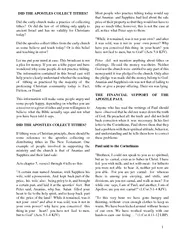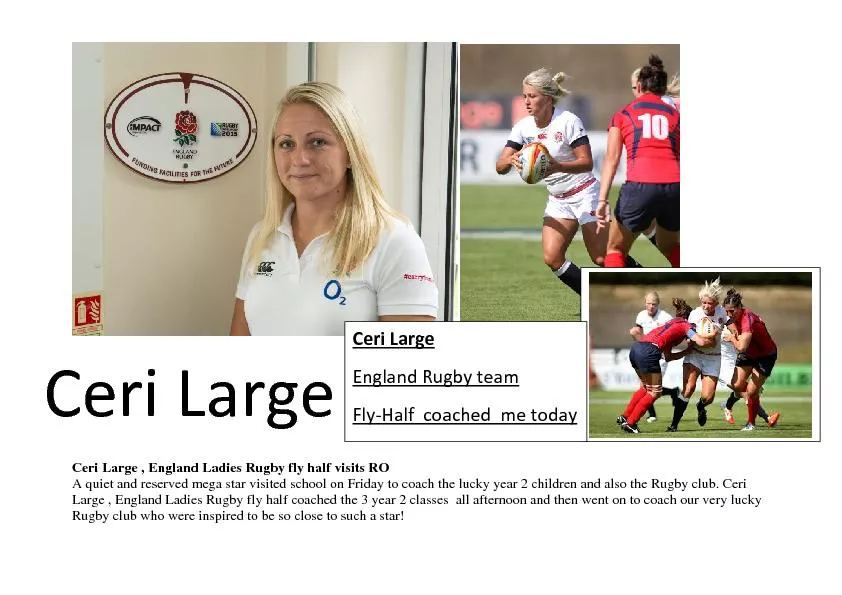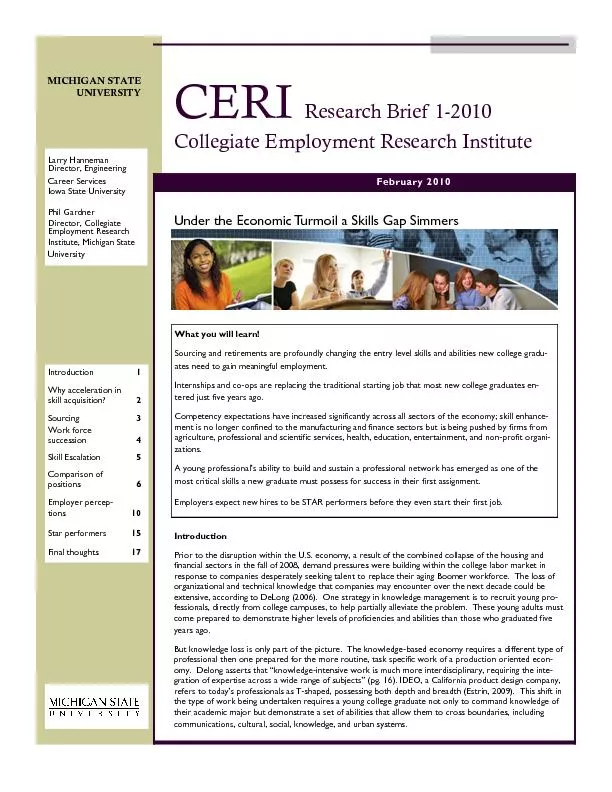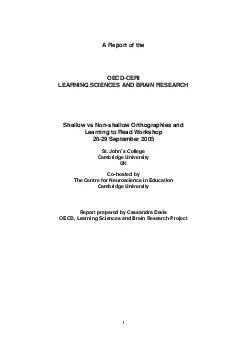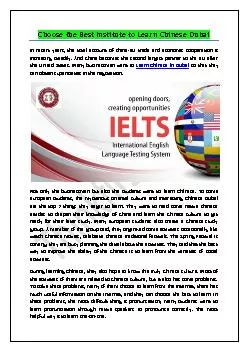PPT-What did we learn? Ceri Nursaw
Author : projoutr | Published Date : 2020-07-03
wwwnursawassociatescom Are they all the same Large proportion of social housing White working class Access to employment Low participation in higher education How
Presentation Embed Code
Download Presentation
Download Presentation The PPT/PDF document "What did we learn? Ceri Nursaw" is the property of its rightful owner. Permission is granted to download and print the materials on this website for personal, non-commercial use only, and to display it on your personal computer provided you do not modify the materials and that you retain all copyright notices contained in the materials. By downloading content from our website, you accept the terms of this agreement.
What did we learn? Ceri Nursaw: Transcript
Download Rules Of Document
"What did we learn? Ceri Nursaw"The content belongs to its owner. You may download and print it for personal use, without modification, and keep all copyright notices. By downloading, you agree to these terms.
Related Documents







